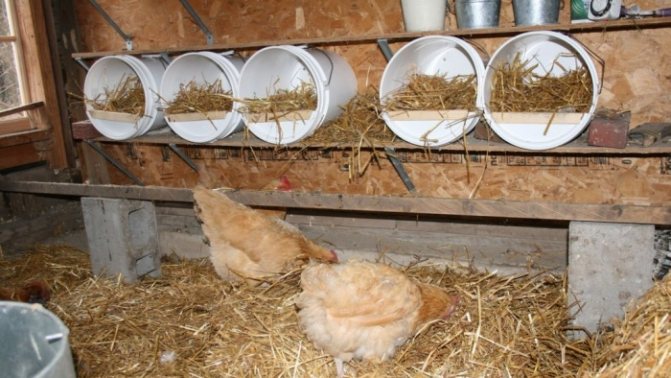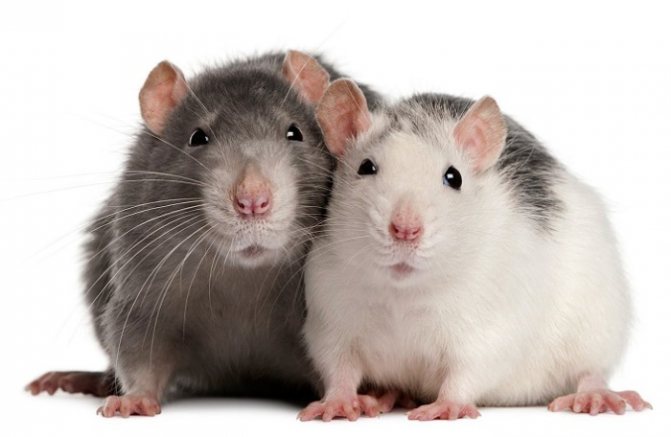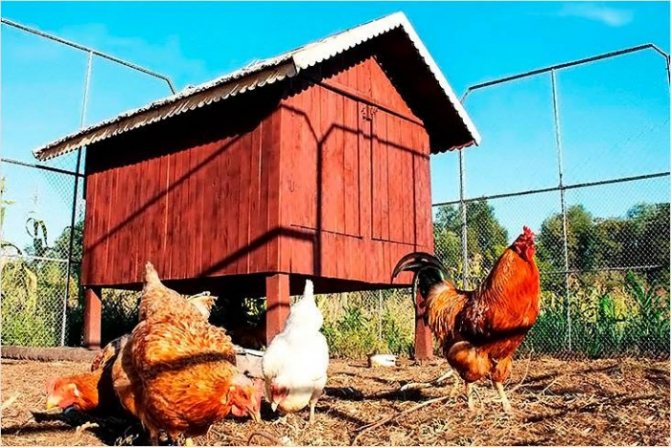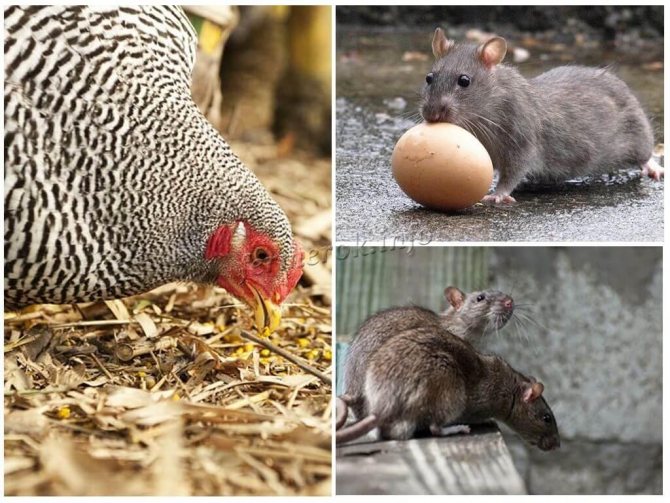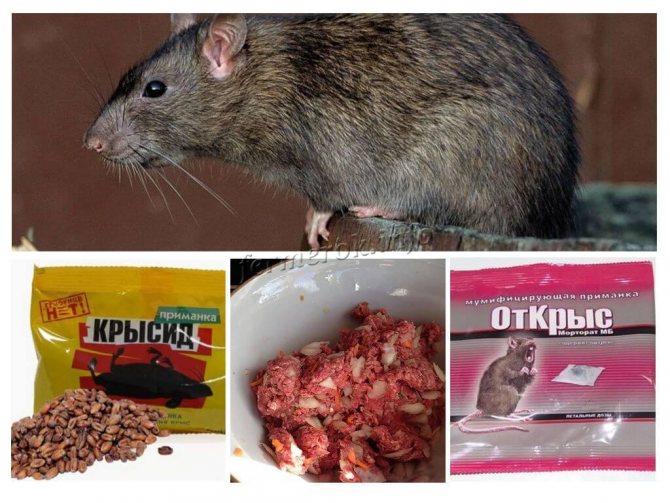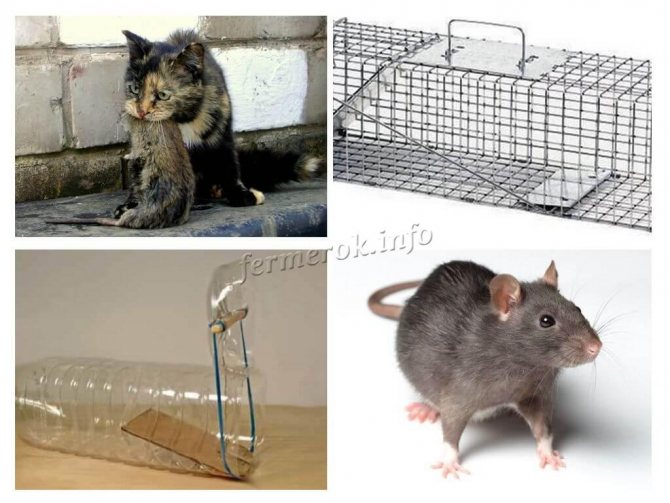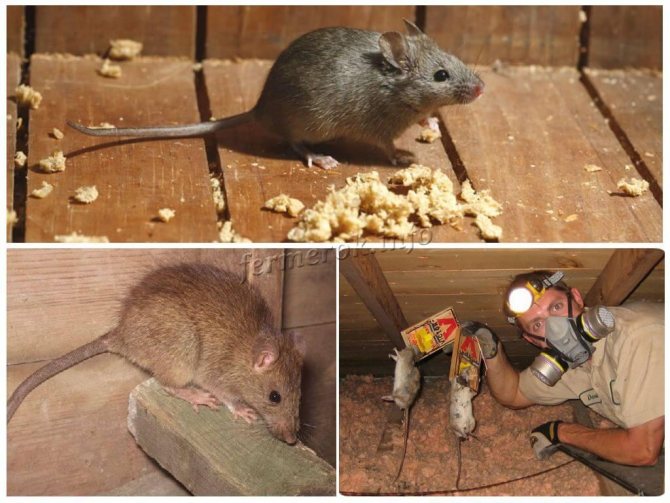Most summer residents and villagers raise chickens to feed their households not only tasty, but also fresh, harmless products. Eggs are fried into omelets, stuffing for pies is made, poultry meat is used for the first and second courses. But sometimes rats are able to enter the outbuilding. Rodents bring many problems to the owners, so it is necessary to immediately take measures to expel them. How to get rid of the rats in the chicken coop, what are the methods to protect the building from invasion?
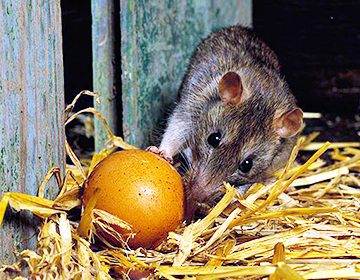
The chicken coop is a real paradise for aggressive pests. It is always dry in the building, and even in the fierce winter cold it is warm. There is a lot of food here, from full feeders to stocks of grain or compound feed. In addition, rats will never miss the opportunity to profit from chicken eggs. That is why they are capable of attacking chicken coops with amazing tenacity, making them habitable at lightning speed.
Why do they appear?
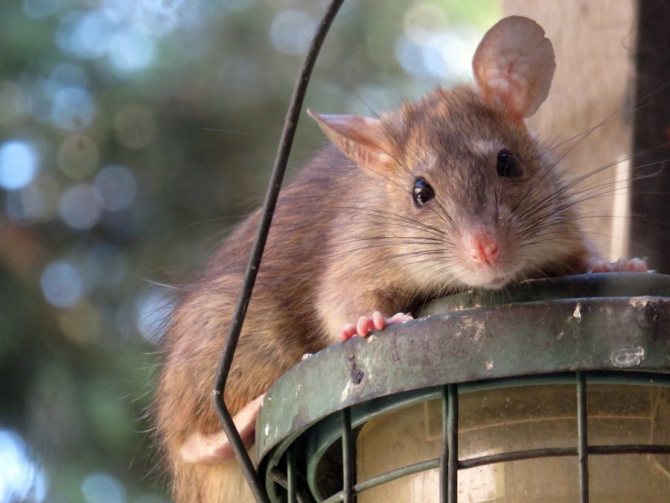

The chicken coop, especially in winter, is a coveted haven for rats.
This is explained very simply:
- premises for chickens it is literally stuffed with food in the form of various chicken feed. In addition, the gray robbers are very eager for hen's eggs and even young chickens;
- comfortable microclimateman-made in a chicken coop is also ideal for the rat community. The better the poultry farmer takes care of the chicken coop, the more grateful the rats are for this;
- attracts gray robbers to the poultry house and a specific smell that they associate with appetizing eggs and chickens;
- much the presence of special manholes for chickens facilitates the penetration of rodents into the chicken coop.
What is the main danger of the appearance of rodents
Spoiled food is not the main problem among those that can appear with rats. They bring with them a great variety of pathogenic flora and fauna.
Causative agents of diseases:
- rabies (incurable, causes fatal paralysis)
- plague (lymph nodes are affected, the disease is accompanied by sepsis, febrile condition, curable)
- typhoid (a disorder of the digestive system, accompanied by weakness, heart failure, similar to severe poisoning)
- toxoplasmosis (a disease provoked by parasites, when a pregnant woman becomes infected, leads to the death of the fetus)
- leptospirosis (a serious disease that affects the main organs of a person, gives serious complications)
- toxocariasis (organ diseases caused by specific parasites that live in these organs)
- typhoid fever (a dangerous disease).


All these diseases can pass to the bird owner, especially if he often enters the chicken coop, cleans up without gloves, touches the birds, etc.
How to deal with rats in a chicken coop?


There are ways to get rid of rats in a chicken coop forever, both with folk remedies and with the help of chemicals.
The fastest solution to the problem is to seek help from professional disinfection services. The method is expensive, but it works flawlessly.
The arsenal of such enterprises is a mass of effective means that will not harm birds and other animals.
Due to the high cost of the service, private sector residents conduct pest control on their own, using all available options at once.
Chemicals
There are a lot of drugs that can poison rodents. But not all of them have the ability to remove rats permanently without harming chickens.
Any poison is a risk for a large poultry farm. The substance will become available literally immediately, it will spread on its paws throughout the room.
Hence the need to move chickens to another place during the work with chemicals.
For etching, you can use a quick action agent. Krysin is popular, but there are other poisonous baits, substances, solutions.
Poisonous bait


Rats are a real threat to the household and modern life.
The animal reproduces intensively, develops new territories, has a high level of intelligence, which makes the "war" with it difficult.
The chemical industry offers numerous poisons to be used for disinfection. At the same time, the preparations perfectly mask the smells that attract the pest.
When etching the room, you should be careful, use protective clothing, gloves. When in contact with human skin, substances enter the body through the skin.
They help to get rats out of the chicken coop, but if used incorrectly, there is a risk of exterminating all birds and animals on the farm.
They offer the following types of poison:
- granules;
- pills;
- grains;
- powder;
- gel-like substances.
Most of the toxic products involve dissolving in water, mixing with food (porridge, minced meat, flour, cereals, etc.). But there are those that are ready to use without unnecessary effort (a burrow is made).
Important! A prerequisite for the purchase: check the expiration dates, the presence of instructions for use.
The most popular are the baits that mummify the rodent. Reason: the poison does not always act instantly, which means that the rat will die later. The result will be an unpleasant amber due to the decay of the corpse.
Goliath
It goes on sale in different packaging: from 1 to 10 kg. Designed for industrial use, but recommended for the private sector.
A kilogram package is enough for pickling several private properties.
Ratid-1
The bait is ready to use. Its appearance: grain mixture. The main component of the drug is difenacin (2nd generation anticoagulant).
The death of the pest occurs 5-10 days after eating. Convenient in that during the specified period of validity it is eaten by a whole brood of rats, since it is considered a safe product.
Krysid
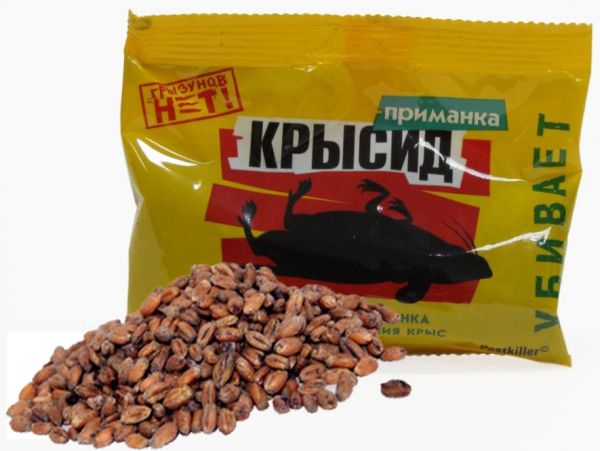

Using the indicated means to destroy rats is simple and quick. The substance is toxic only to animals. It does not pose a particular threat to a person, but one should not retreat from security measures.
The death of a rat occurs in a maximum of 3 days, at least in 12 hours.
Provides for the use of:
- spraying inside the burrow;
- mixing with food (it is recommended to put the bookmark immediately into the hole);
- stirring in water or milk.
Storm
The drug is quite cheap and effective against rats. Sold individually in briquettes and in a set of 4. There are also packages with pellets (granular substance) and in containers up to 16 kg.
Mortorat
With the help of this substance, you do not have to search and remove the corpses of rodents. The drug mummifies them. Differs from other baits in high efficiency, safety of use.
Appearance: a briquette with a gel-like substance, neatly packed so that there is no contact with the skin (it is better to use gloves when working).
A bookmark is made in the hole, after which it is repaired with gypsum or cement. There will be no one else to damage the walls.
Rat death
Purpose: large-scale persecution of all types of rodents. The Italian manufacturer guarantees a quick release from pests.
Sold in two versions. Difference in composition:
- the first option: the main component is brodifacum;
- the second type: the basis is bromadiolone.
Ratindan
The bait is effective. Used only in combination with additional ingredients (food). Methods of use: pollination, dilution in liquid or with food.
Scarers


A humane way to deal with the threat of rat raids is to use ultrasonic, mechanical, or biological repellents.
In addition to the fact that the pests are not suitable for the chicken coop, the devices do not interfere with the quiet life of the inhabitants of the farm.
Ultrasound
Ultrasonic rodent repellents generate sounds of such frequencies that are not perceived by the human ear, do not affect chickens, but in rats they cause anxiety, bordering on panic, forcing them to leave suspicious territory.
A lot of similar devices, which have proven their effectiveness, have been designed, as evidenced by the market.
The models of scarers most demanded by consumers today are named:
- Grad A-500;
- "Typhoon";
- "Tornado-800".
The difference between them lies in the power of the emitted ultrasound, the degree of its regulation, the presence of a timer, which turns on the device unexpectedly for pests.
Repellers constantly change the frequency of ultrasound so that rodents do not get used to it. The devices are located, as a rule, at a height of one and a half meters from the floor and are oriented towards the center of the chicken coop or discovered rat holes.
Important! Although ultrasound is absolutely safe for birds and is not perceived by the human ear, a person still cannot be in the zone of its action for a long time.
Mechanical
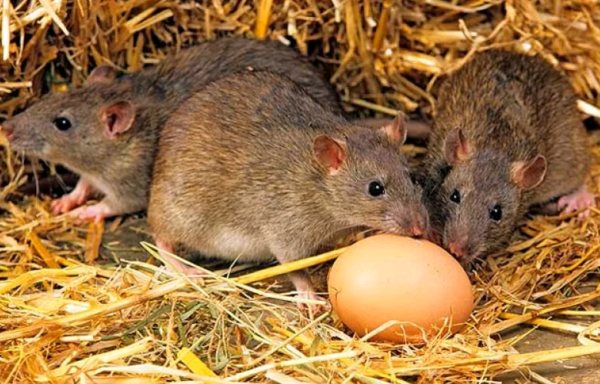

Mechanical traps have become the oldest method of human control with rodents, the designs of which have been developed in a great variety.
With regard to chicken coops, this method looks twofold. On the one hand, he assumes that all caught rats remain in place, and do not die in the depths of the hen house, where, by decomposing, they spoil the atmosphere and sanitary conditions of the house.
However, on the other hand, the mechanical method of exterminating rodents is fraught with the risk that birds may also suffer from it. Therefore, the use of this option in poultry houses is limited.
Nevertheless, there are popular mechanical methods for catching rodents that do not pose a danger to chickens:
Method 1
For example, a glass container with walls oiled with vegetable oil and bait placed on the bottom. Having climbed into the jar, the animal is not able to get out back due to the fact that its paws slide along the walls of the vessel.
Method 2
You can catch a rat using a flower pot, to the bottom of which a bait is attached from the inside. The pot is turned upside down, one edge of it rises and a coin or something similar is inserted under it.
A rodent, crawling under the pot, upsets its delicate balance, the coin falls - and the pot covers the rat.
A prerequisite for this method is a metal or glass surface on which the pot is installed.
Otherwise, the rat can gnaw its way through a wooden surface, for example, and run away.
Method 3
If you cut off the neck of a plastic two- or five-liter container, put a bait inside it and place it in a position of unstable balance on the edge of the table, you can get an excellent trap.
To prevent the container from falling prematurely, the inlet located on the table must be secured with a light weight or a thin strip of tape.
And so that when the container falls, it does not turn over on the floor, holes should be made along the edges of the inlet and the ends of the rope, which must be fastened, pass through them.
Climbing into the container, the rat upsets its balance, the container falls, being held in an upright position by the rope, and the rat cannot get out.
Method 4
A hole of about 10 cm must be made in the lid of the old milk can.Then a hole is dug in the corner of the chicken coop, a container is installed in it and covered with earth so that only the hole is visible.
The bait is thrown into the hole. Having climbed into the can, the rodent is no longer able to get out.
Biological


The biological method means the fight against the rat tribe with the help of animals.
Moreover, these are not only the "classic" enemies of mice and rats - cats, but also dogs in the form of:
- dachshunds;
- fox terriers;
- bull terriers.
These dog breeds at the genetic level strive to catch, strangle and present the rat to the owner. To do this, they pile the booty in a pile, so to speak, to show the goods with their face.
The fears of many owners of chicken coops that these dogs, instead of rats, will begin to strangle chickens, in the overwhelming majority of cases are completely unfounded.
And the famous exterminators of rodents, cats, do not always cope with their duties. Some of them are more afraid of rats than chickens.
But there are, of course, among the felines, and truly effective fighters against the rat invasion. Sphynx and Siberian cats are especially good at this.
Hedgehogs are very effective in cleaning the hen house from the rat invasion. Leading the same nocturnal lifestyle as these rodents, hedgehogs quickly deal with them.
Some poultry farmers add geese and turkeys to the chicken coop. These extremely sensitive birds raise the alarm at the slightest suspicious rustle.
In addition, geese and turkeys may well protect tender layers and chickens from rat attacks.
In general, the biological method of rodent control is close to nature, environmentally friendly and practically safe for chickens.
However, it cannot be used in conjunction with chemical control agents to avoid animal poisoning. In addition, this method is associated with additional difficulties associated with caring for animals.
Traditional methods
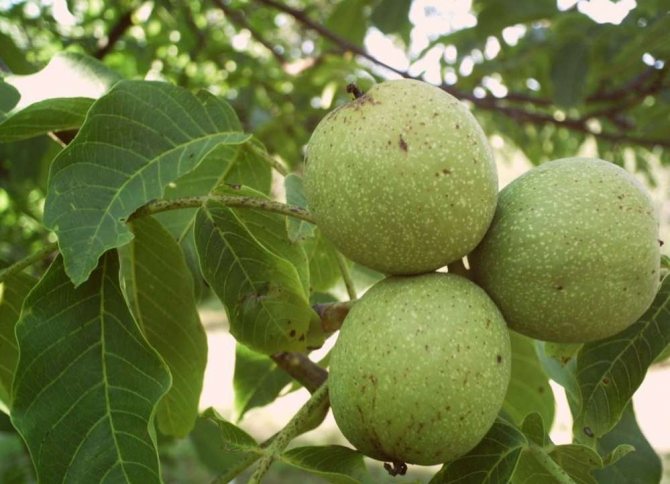

Chilibukha
In the process of centuries of struggle with rodents, people not only realized that rats have a very developed sense of smell, but also found plant crops that act annoying and repulsive to this subtle sense of smell.
Some of them are harmful to poultry, so they are used with caution in poultry houses.
These herbal remedies are presented:
- A guest from the tropics, Chilibuhoywhose seeds contain poisonous alkaloids. From these seeds, mixed with raisins and sugar, a bait is made, into which stearic shavings are added and this agent is laid out in the corners of the poultry house, sprinkling boiled beans nearby. After a few days, only unpleasant memories remain from the pests.
- An extremely poisonous plant is the autumn crocus. To make 0.2 kilograms of bait, you need only ten grams of crocus. Add a finely chopped plant to the groats or seeds and spread the mixture in the corners of the house.
- The rat's subtle sense of smell does not tolerate the mint smell, as well as the aroma of bird cherry and broom. It is necessary to wet a cloth or napkin with an infusion of them and put it in a rat's hole.
- The smell of black elderberry is extremely frightening of rodents because of the hydrocyanic acid it contains.
- Thistle thorns very tightly cling to the fur of the animals, giving them great inconvenience, since the rats with great difficulty get rid of them. Therefore, rodents bypass any burdock tenth way.
An increased sensitivity of rodents in relation to:
- a rag dipped in kerosene or turpentine;
- mothballs mixed with sawdust;
- acithelenic odor that comes from calcium carbide mixed with water.
But the most radical folk remedy, guaranteed to scare away rodents in a solid territory, is the smell of burnt wool.
Some of the most cold-blooded poultry breeders set fire to a rat corpse doused with gasoline on a shovel for a few seconds, and then fumigate the chicken coop with this "aroma" inside and outside.
This smell terrifies the rodents and they leave the terrible place in panic.
Main reasons
The chicken coop is an ideal place for rodents, where they can wait out frost and other unfavorable environmental conditions. In addition to this, there is a lot of food in the poultry house: in addition to the reserves of grain and compound feed intended for chickens, there is also an egg, which attracts with its smell.
The poultry house has a special passage through which birds can enter the walking area. It is he who is used by pests.


Mice not only eat all the grain in the chicken coop, but they also steal eggs.
The appearance of rats in the chicken coop may also be due to the lack of a foundation and the presence of an earthen (clay) floor. Therefore, it is better to build a solid structure rather than temporary shelter for chickens.
The floor is filled with one large layer of dense building material (concrete). Covers the top with another dense layer such as chipboard or fiberboard, and at the final stage, make a natural bedding of hay, straw or sawdust for insulation and moisture adsorption.
Pests can also be found in chicken coops built on high foundations or piles. The reason for this is simple - these pests move well not only on horizontal but also on vertical surfaces.
Prevention measures
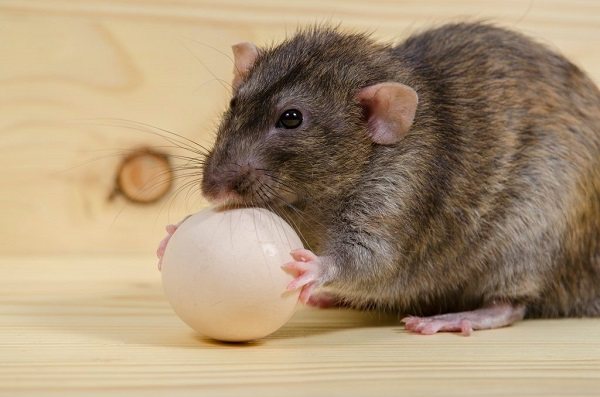

In order not to think about how to remove rats from the hen house, their appearance should be prevented.
For this:
- regularly clean and tidy up the house;
- monitor the condition of the walls and floors of the room;
- carry out prevention using folk methods or chemicals in a way that is safe for poultry.
Rat poison
Any of the poisons is suitable as a prophylaxis. To do this, if any holes, cracks in the floor and walls of the chicken coop are found, the selected agent is embedded in them.
Plants-repellents are popular: elderberry, mint, wild rosemary and others.
Glass and rubble
Spring work on the improvement of agricultural buildings and houses will help prevent the appearance of rats. Prepare a mixture of crushed stone and broken glass.
Spread around the perimeter behind the shed, additionally seal in new cracks in the building.
Shards of glass injure the animal, which creates discomfort for existence. Rats will no longer go to such places.
Chicken coop walls
For the safety and comfortable keeping of chickens, it is advisable to reconstruct the barn. Large costs will not be required.
Glass wool needs to be purchased and embedded in walls and floors. It is excellent thermal insulation and protection against all kinds of rodents.
Important! You can tear off the floors in the hen house and when laying new ones, make the bottom layer from a mixture of ash, rubble and glass.
Animals
A representative of the feline family is suitable as a prophylactic agent.
For these purposes, a mongrel animal is suitable, but with an elongated nose. Or buy Sphynx, Siberian cats. The reason for this recommendation: most cats are afraid of rats. Therefore, they do not even approach them.
Resolve
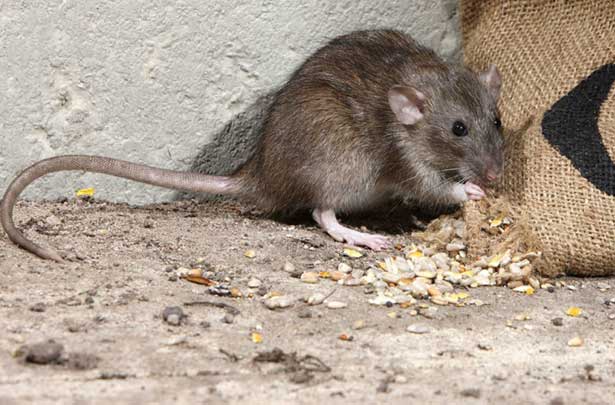

ÐÑомÐμ вÑÐμÐ'Ð °, коÑоÑÑй кÑÑÑÑ Ð¿ÑиÑинÑÑÑ Ð½ÐμпоÑÑÐμÐ'ÑÑвÐμнно кÑÑÐ ° м, они могÑÑ Ð½Ð ° вÑÐμÐ'иÑÑ ÐμÑÐμ и по-Ð'ÑÑгомÑ: ÑÑÐμÑÑÑ ÐºÐ¾Ñм, п Rose, Rose, Rose, Rose, Rose, Rose, Rose, Rose, Rose, Rose. ÐÐ · вÐμÑÑно, ÑÑо кÑÑÑÑ Ñ ÑÐ'овоР»ÑÑÑвиÐμм воÑÑÑÑ ÑйÑÐ °, ÑнÐμÑÐμннÑÐμ нÐμÑÑÑкР° ми: Ð'л Ñ Ð½Ð¸Ñ Ð¾Ð½Ð¸ ÑвР»ÑÑÑÑÑ Ð'Ðμл икР° ÑÐμÑом, поÑÑÐ¾Ð¼Ñ Rose and Rose. Sardine, saucer, sardine, sardine, sardine, sardine, sartorial ° l · l ° lµ.
Precautions
In the case of fighting rats with chemicals, do not forget to follow the precautions:
- Use protective gloves to cook and lay out the food.
- Do not use near other foods, children, pets.
- Wash your hands thoroughly with soap and water after finishing treatments.
- Remove poisoned corpses in time.
Use chemicals with a mummification effect to avoid breathing in the decaying smell, as the rat can die in a hard-to-reach place.
What kind of chemistry can I use?
Anti-rat chemicals
Chemical means for exterminating rodents in the house are often used, because they are really effective and help to remove rats in any number of them. They can be presented in any form, namely:
- powders;
- aerosols;
- sugar mixtures;
- briquettes and others.
Which of the means is best to use, everyone decides individually. Let's take a look at the top 5 best chemicals that instantly kill rats:
- Ratin. The product is produced in briquettes, it can also be sold in the form of a gel. The active substance is the second generation rodenticide brodifacum at a concentration of 0.005%. Also in the composition is a flavoring, which attracts rodents. Average cost 250 rubles. *
- Brodifan. It is presented in a liquid form, used for making independent baits. The composition contains the active ingredient brodifacum in high concentration. To create a kilogram of poison, you need to use 20 g of Brodifan. The bait is located in the places of activity of rodents in the amount of 10 g per 1 m kW. Already on the fourth day, the rats will quickly crawl out of their holes, as they will feel breathing problems. Death will occur at the end of the week. The average cost is 1300 rubles per 1 liter. *
- Testox. Testox is a versatile remedy that helps remove mice and rats, as it provides 100% death to rodents. The active ingredient is bromadialon at a concentration of 0.005%. The product is presented as red briquettes with a weight of 10 g, the briquettes contain cheese or vanilla flavors. They are distributed throughout the room at a distance of 15 m, at one point 2-3 briquettes should be present. The effect is similar to Brodifan. The average cost is 400 rubles per 1 kg. *
- Bait Warat. The product is presented in granules of a pale pink color, it is used to treat the nearest territory of the house. The active substance is brodifacum, its concentration is 0.005%. A small amount of the agent is distributed in 10 g at one point at a distance of 1 m. The bait for rats should be renewed every 1-2 weeks. The average cost is 2400 rubles for 5 kg. *
- Lanirat. The chemical agent contains bromadialon, the concentration of which is 0.0055%. It is a grain bait that is treated with an active substance. The tool is effective for use both outdoors and indoors. One tab contains up to 50 g of the substance. It will be possible to catch pests in the house in 10 days. The baits need to be renewed daily. Average cost 15 rubles per 100 g. *
Each chemical works well and quickly kills pests in the home, creating a safe environment for the household.
Important! In order for chemicals to give a good effect and quickly destroy pests, you need to follow the correct instructions prescribed on each of them individually.
How to protect a bird from eating poison?
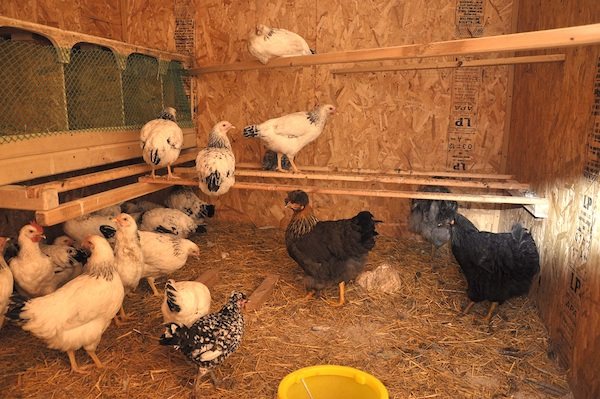

You cannot explain to the legal inhabitants of the chicken coop that baits and poisons are the lot of rodents only.
To protect birds from poisoning, the following precautions should be followed when handling chemicals:
- Temporarily transfer birds to another location.
- Place the bait with chemicals in special traps where chickens and chickens will not get in, for example, boxes with several inlets on the sides.
- Constantly clean up rodent corpses.
- Spread poisons (2-3 grams of the mixture per mink) deep into the rat holes, sprinkle with earth.
- Use a granulating agent to avoid spraying it around the coop.
- Do not sprinkle chicken feed near scattered baits.
- If possible, put up a house for sleeping chickens in the air (on legs).
Traditional methods
Before using folk methods, you need to temporarily relocate the chickens to another room. The measures that have been tried over the years are actually quite effective. Basic:
- Alabaster and flour are mixed and laid out in small lumps in secluded places around the chicken coop... After eating the bait, the rat will begin to experience stomach problems and will soon die. Alabaster can be replaced with lime, and flour with sugar.
- You can sprinkle ash on the floor of the chicken coop... Rats do not tolerate her presence on their paws. The only drawback of this measure is the dirt and blackness from the ash.
- A small ball of wool should be set on fire and placed at the rat hole... Pests are afraid of this smell and run away in panic.
- Can be spread around the house and hung against the walls and under the ceiling of the stems of odorous plants - tansy, wormwood, mint, chamomile. Rodents cannot stand their smells and will leave the room.

